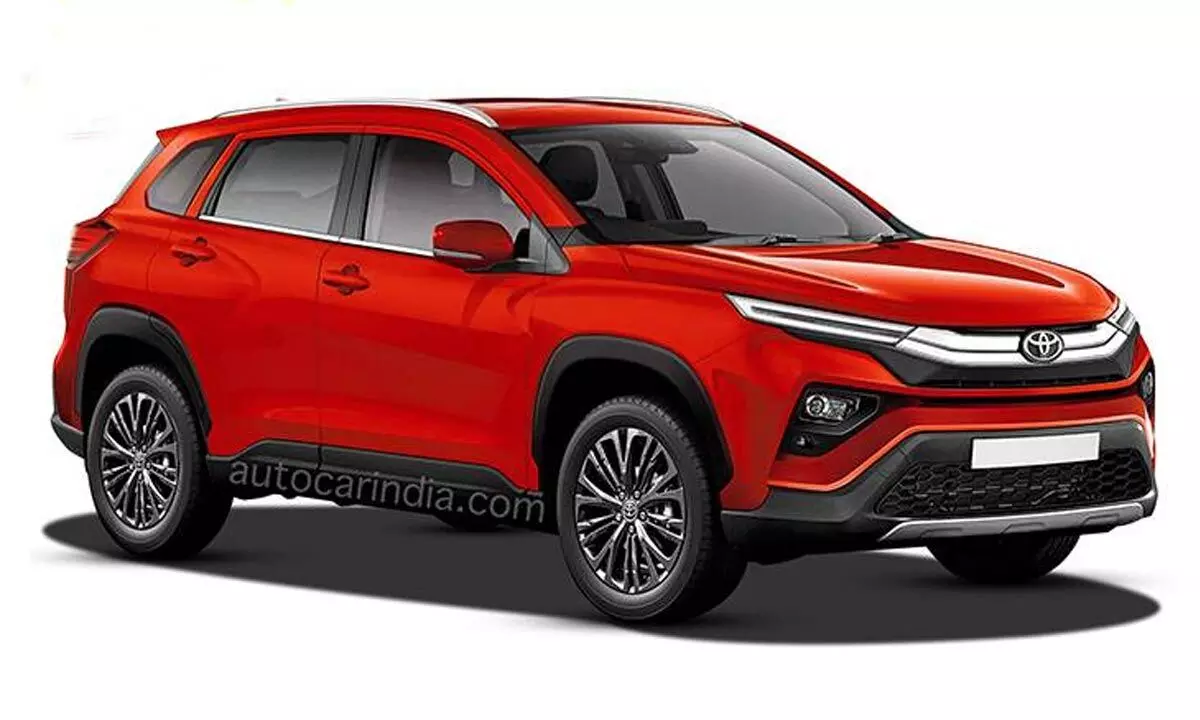Toyota's Upcoming mid-size SUV, likely to be called the urban Cruiser Hyryder

Toyota’s upcoming mid-size SUV, is more likely to be called the Urban Cruiser Hyryder
The hyryder is developed in partnership with Maruti Suzuki, it would leverage Toyota's self-charging Hybrid Electric Vehicle Technology and it is claimed to be tailored for performance and it is also making this technology affordable at the lower price brackets
The Urban Cruiser, is developed in partnership with Maruti Suzuki, it would leverage Toyota's self-charging Electric Vehicle Technology and it is claimed to be tailored for performance and it also making the technology affordable at lower prices.
Toyota's upcoming mid-size SUV, is more likely to be called the Urban Cruiser Hyryder, global launch has been planned for this vehicle and it would shown for the very first time on 1st July,2022.
The vehicle developed in partnership with Maruti Suzuki, it would leverage Toyota's self-charging Hybrid Electric Vehicle Technology and it is claimed to be tailored for performance and it is also making this technology affordable at the lower price brackets.
Maruti Suzuki would offer a rebranded version of this vehicle along with cosmetic tweaks under its badging, with both vehicles likely to hit the market around the festive season.
From a technical perspective, when an SHEV Starts-off, the electric power train would deliver instant torque, once the driver's foot is on the pedal and when more power is required, the electric motor as well as engine would work together to boost the power output of the car, as per the Toyota statement.
SHEV rides can be driven up to 60% of the time on pure electric mode, hence thereby resulting in claims of significant fuel efficiency improvements. Additionally, it would take care of the range anxiety problem faced by the conventional battery electric vehicles, given that the SHEV has dual power sources, petrol engine and electric motor. It would not require plug in to recharge, the battery is recharged by running the internal combustion engine and regenerative braking. Lower maintenance claims have been made, as a SHEV runs on electric mode, most of the time and as a result, there is lesser wear and tear that a conventional combustion engine vehicle.















